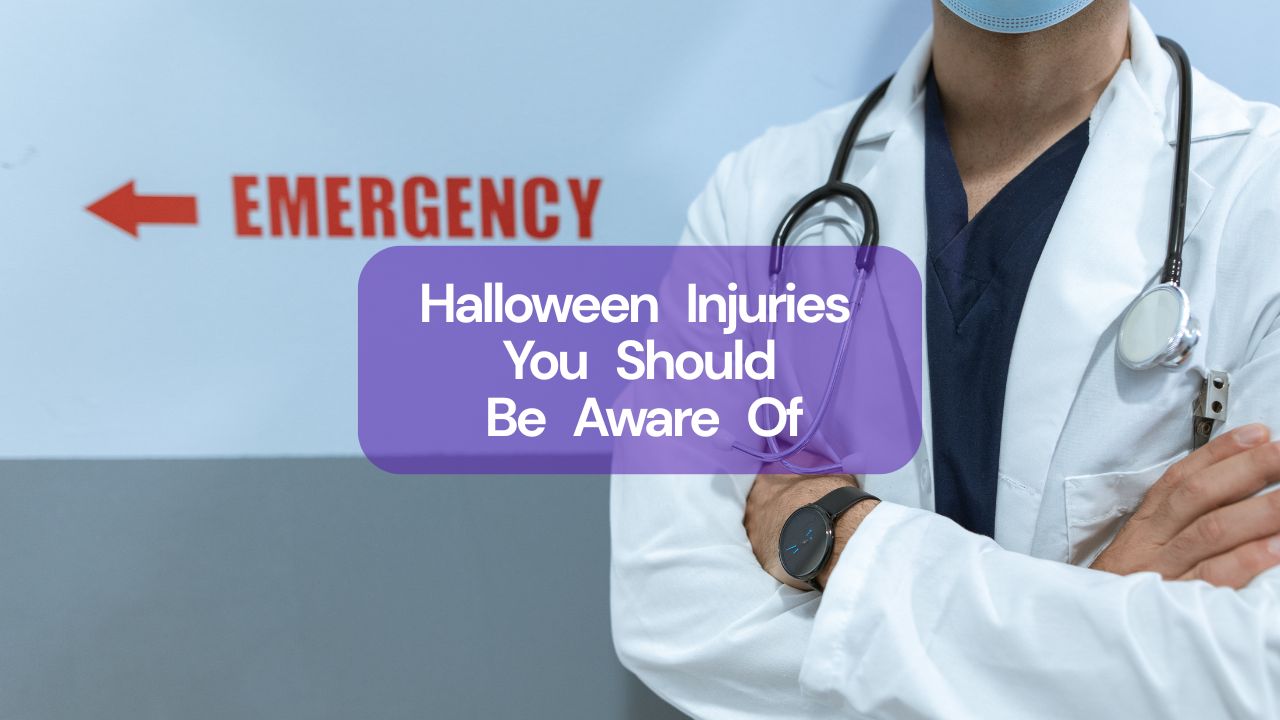When is Patient Safety Day?
September 17th marks the world public health day for Patient Safety, a global awareness campaign initiated by the World Health Organization (WHO) in 2019. Each year the WHO assigns a theme and slogan for the health day, a theme that addresses current issues surrounding patient health. Previous campaign themes for world patient safety day have included themes centering around health worker safety and safe maternal and newborn care.
What is World Patient Safety Day?
This year's theme for Patient Safety Day is Medication Safety. The slogan is Medication Without Harm which intends to provoke "stakeholders to prioritize and take early action in key areas associated with significant patient harm due to unsafe medication practices. These include high-risk situations, transitions of care, polypharmacy (concurrent use of multiple medications), and look-alike, sound-alike medications. The campaign will focus on the implications of the COVID-19 pandemic for medication safety, considering the serious disruption in the provision of health services."
With this year's campaign, the WHO seeks to:
- Raise global awareness of the high burden of medication-related harm due to medication errors and unsafe practices, and ADVOCATE urgent action to improve medication safety.
- Engage key stakeholders and partners in the efforts to prevent medication errors and reduce medication-related harm.
- Empower patients and families to be actively involved in safely using medication.
- Scale up implementation of the WHO Global Patient Safety Challenge: Medication Without Harm.
WHO reports that medication errors and unsafe practices are among the leading causes of avoidable harm worldwide. For context, in 2016, John Hopkins released a statement declaring that medical errors are the third leading cause of death in the U.S.
Why is Patient Safety Important?
According to the Leapfrog Group, the research group that publishes data regarding hospital and acute-center safety in the U.S. twice a year, over 200,000 people die yearly from errors, injuries, accidents, and infections in our hospitals. Furthermore, Medicare patients have a one in four chance of being injured, harmed, or dying when admitted to a hospital, and over 1,000 people die daily due to preventable hospital errors.
These alarming statistics are only what is happening in healthcare institutions within the U.S. For these reasons alone, patient safety is essential and should be a priority for every healthcare institution and clinician on staff.
Not all nurses take the Nightingale Pledge or a version of a Hippocratic Oath (famously touted on TV shows with the words "do not harm"), and yet with or without a pledge or an oath, patient safety is at the core of every nurse's scope of care with or without the pledge.
How Can Nurses Help Keep Patients Safe?
Patient safety is firmly embedded in the day-to-day responsibilities of nurses in direct healthcare settings. Here are three ways nurses work to keep their patients safe every single shift they work:
- Monitoring patient condition and progress is essential for any nurse working in direct care settings. By monitoring attentively, nurses can advise and collaborate with healthcare teams for appropriate care plans, be aware when complications arise, and react quickly and appropriately either by themselves (if within the scope of care) or by calling for reinforcements.
- Administering medications is a science that requires attention and focus and also falls under the duties of staff nurses. Being vigilant in administering the appropriate medications and dosages at the correct times is vital to patient safety.
- Educating patients and their families about the health diagnosis and how to treat and live with it is yet another task that falls to nurses. Ensuring families and patients understand their condition, its implications, and where to access resources to improve their situation or adjust to their new circumstances directly impact patient safety.
Patient and Nurse Safety is Important to Nursa
Studies have connected staffing shortages to increased patient safety risk and higher rates of morbidity. We understand that working through staffing shortages challenges a nurse's mental and physical endurance. Moreover, we believe that adequate staffing and safe and positive working environments for nurses contribute to patient safety and nurse safety.
The PRN staffing app Nursa works to connect clinicians to hospitals and facilities where they are needed to provide adequate staffing levels and competent patient care. There is no minimum number of shifts required to use Nursa. The choice of when and where to work is entirely up to our nurses. Each time you pick up a PRN shift through Nursa, you help ease the burden on the other nurses at the facility. You, therefore, contribute to patient safety in your nurse responsibilities while on shift by assisting that facility in reaching or maintaining adequate staffing levels.










.jpg)

.jpg)

